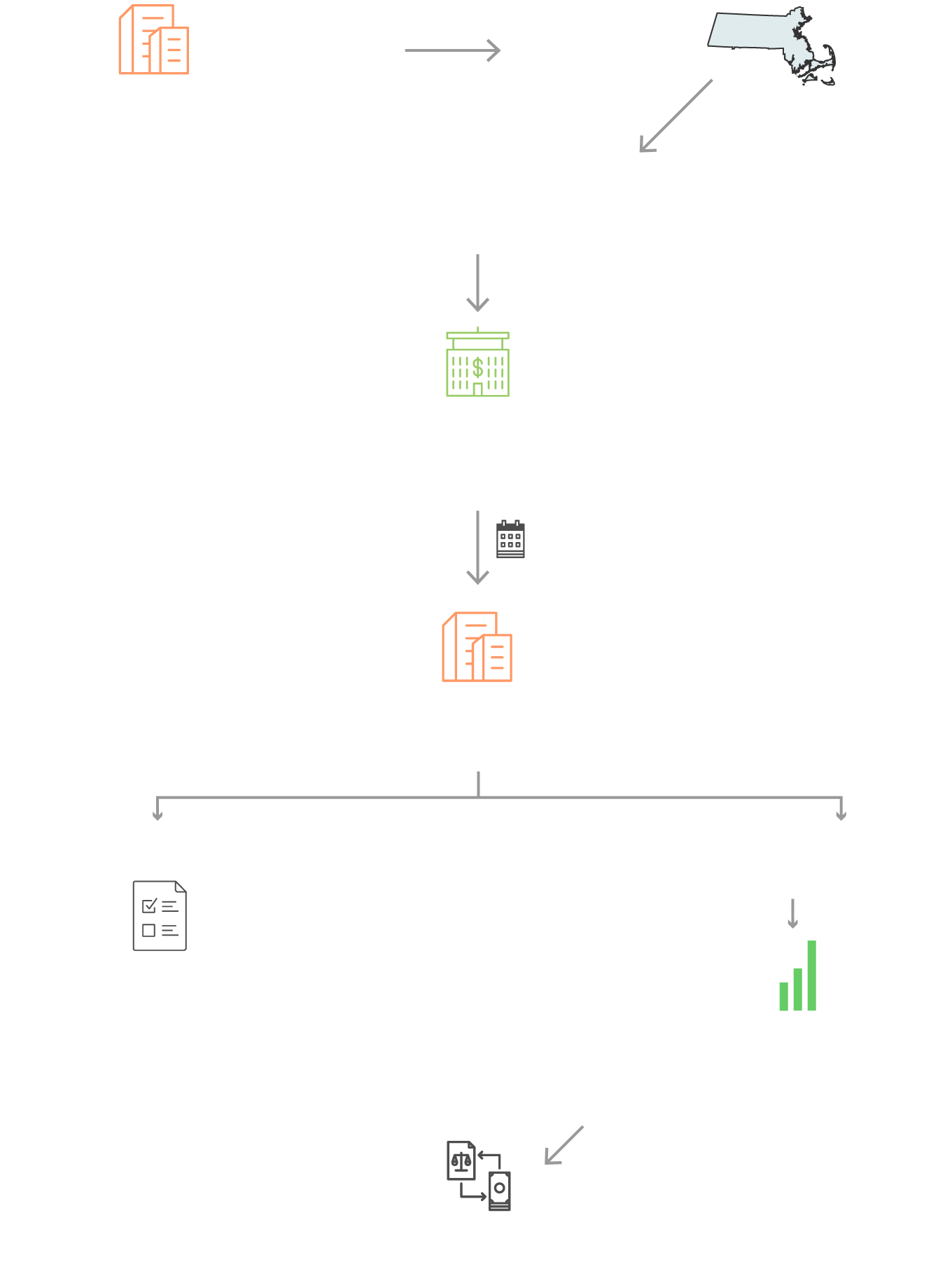How The Tax Credit Program Works

Housing nonprofit applies to state for federal Low-Income Housing Tax Credits.
Nonprofit gets $10 million in tax credits. It sells credits to bank or investor who provides about $9.5 million to build or renovate property.
Bank gets $1 million a year in tax credits for a decade, plus depreciation and other deductions. For next five years, it gets just the deductions. In some cases, new investors acquire the property interests.
At year 15...
Nonprofit exercises right to buy out investor’s interest in the property, per contract, at a low cost (often debt plus taxes).
Investor says no, challenging nonprofit’s right or option to buy.
Investor agrees.
Investor seeks large “exit payment” or demands property be sold on open market, where it might fetch far more money.
Nonprofit or investor sues, tying up property.

Housing nonprofit applies to state for federal Low-Income Housing Tax Credits.
Nonprofit gets $10 million in tax credits. It sells credits to bank or investor who provides about $9.5 million to build or renovate property.
Bank gets $1 million a year in tax credits for a decade, plus depreciation and other deductions. For next five years, it gets just the deductions. In some cases, new investors acquire the property interests.
At year 15...
Nonprofit exercises right to buy out investor’s interest in the property, per contract, at a low cost (often debt plus taxes).
Investor says no, challenging nonprofit’s right or option to buy.
Investor agrees.
Investor seeks large “exit payment” or demands property be sold on open market, where it might fetch far more money.
Nonprofit or investor sues, tying up property.

Housing nonprofit applies to state for federal Low-Income Housing Tax Credits.
Nonprofit gets $10 million in tax credits. It sells credits to bank or investor who provides about $9.5 million to build or renovate property.
Bank gets $1 million a year in tax credits for a decade, plus depreciation and other deductions. For next five years, it gets just the deductions. In some cases, new investors acquire the property interests.
At year 15...
Nonprofit exercises right to buy out investor’s interest in the property, per contract, at a low cost (often debt plus taxes).
Investor says no, challenging nonprofit’s right or option to buy.
Investor agrees.
Investor seeks large “exit payment” or demands property be sold on open market, where it might fetch far more money.
Nonprofit or investor sues, tying up property.
Illustration of a hypothetical case. (Saurabh Datar/WBUR) | Source: State and federal housing agencies, WBUR reporting. Icons by Andrejs Kirma, Made by Made, TwentyVibe from the Noun Project.